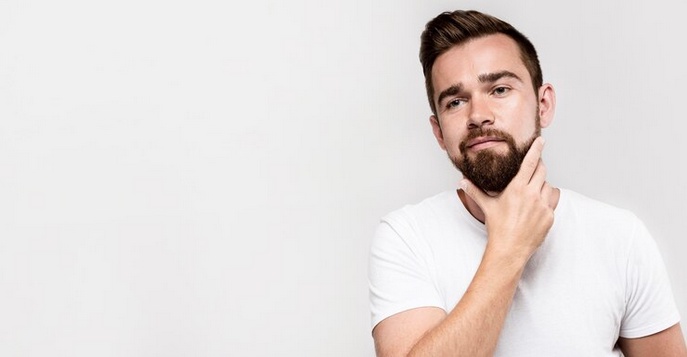In recent years, a curious trend has emerged in the realm of cosmetic procedures: beard hair transplants. Once the domain of individuals seeking to restore a receding hairline or address baldness, hair transplants have now found a new niche market - men looking to achieve a fuller, thicker beard. This surge in popularity reflects shifting cultural attitudes towards facial hair and masculinity, as well as the increasing importance placed on personal appearance in contemporary society. In this exploration, we delve into the reasons behind the rise of beard hair transplant, the process involved, and the implications of this trend.
Cultural Shifts and Changing Masculinity
Facial hair has long been associated with masculinity, symbolizing virility, strength, and maturity in many cultures. Throughout history, beards have held significant cultural and religious symbolism, from the ancient Egyptians to the Vikings and beyond. However, societal perceptions of facial hair have evolved over time, with trends waxing and waning in popularity.
In recent years, there has been a resurgence of interest in facial hair, particularly among younger generations. The beard has become a symbol of style and individuality, with celebrities and influencers often sporting meticulously groomed facial hair. This cultural shift has led many men to aspire to achieve a fuller, denser beard, regardless of their natural genetic predisposition.
The Psychological Impact of Facial Hair
For many individuals, facial hair is more than just a fashion statement; it can profoundly impact self-esteem and confidence. A full, well-groomed beard can enhance facial symmetry, conceal imperfections, and project an image of maturity and masculinity. Conversely, a patchy or sparse beard may be perceived as less attractive or indicative of youthfulness, leading some men to feel self-conscious or insecure about their appearance.
Research suggests that physical appearance plays a significant role in shaping self-perception and interpersonal interactions. Studies have shown that individuals who are dissatisfied with their appearance may experience lower self-esteem, higher levels of social anxiety, and greater difficulty forming meaningful relationships. In this context, beard hair transplants offer a potential solution for individuals seeking to enhance their facial aesthetics and improve their self-confidence.
The Process of Beard Hair Transplants
Beard hair transplants involve the surgical extraction and transplantation of hair follicles from one area of the body to the facial region. Typically, the donor hairs are harvested from the back of the scalp, where hair tends to be thicker and more resistant to balding. These follicles are then implanted into the recipient site on the face, following the natural contours of the beard and mustache.
The procedure is performed under local anesthesia and may take several hours to complete, depending on the extent of the transplant. Following the surgery, patients may experience some swelling, redness, and discomfort in the donor and recipient areas, which typically subside within a few days. Over time, the transplanted hairs begin to grow naturally, blending seamlessly with the existing facial hair.
Considerations and Risks
While beard hair transplants offer a viable solution for individuals seeking to enhance their facial aesthetics, it is essential to weigh the potential risks and considerations associated with the procedure. Like any surgical intervention, there are inherent risks, including infection, scarring, and uneven hair growth. Additionally, not all candidates may be suitable candidates for beard hair transplants, particularly those with underlying medical conditions or unrealistic expectations.
Moreover, beard hair transplants can be a costly investment, with prices ranging from several thousand to tens of thousands of dollars, depending on the extent of the procedure and the expertise of the surgeon. As such, individuals considering beard hair transplants should carefully research their options, consult with qualified professionals, and consider the potential long-term implications before undergoing surgery.
Conclusion: Empowering Self-Expression
In conclusion, the rise of beard hair transplants reflects broader cultural shifts in attitudes towards facial hair and masculinity. For many individuals, facial hair is more than just a fashion statement; it is a means of self-expression and identity. By offering a solution for those dissatisfied with their natural beard growth, hair transplants empower individuals to take control of their appearance and enhance their self-confidence.
However, it is essential to approach beard hair transplants with careful consideration and realistic expectations. While the procedure can yield transformative results, it is not without risks or financial implications. Ultimately, the decision to undergo a beard hair transplant is a personal one, driven by individual preferences, values, and desires. As society continues to evolve, so too will our perceptions of beauty and masculinity, shaping the landscape of cosmetic procedures for generations to come.


No comments yet